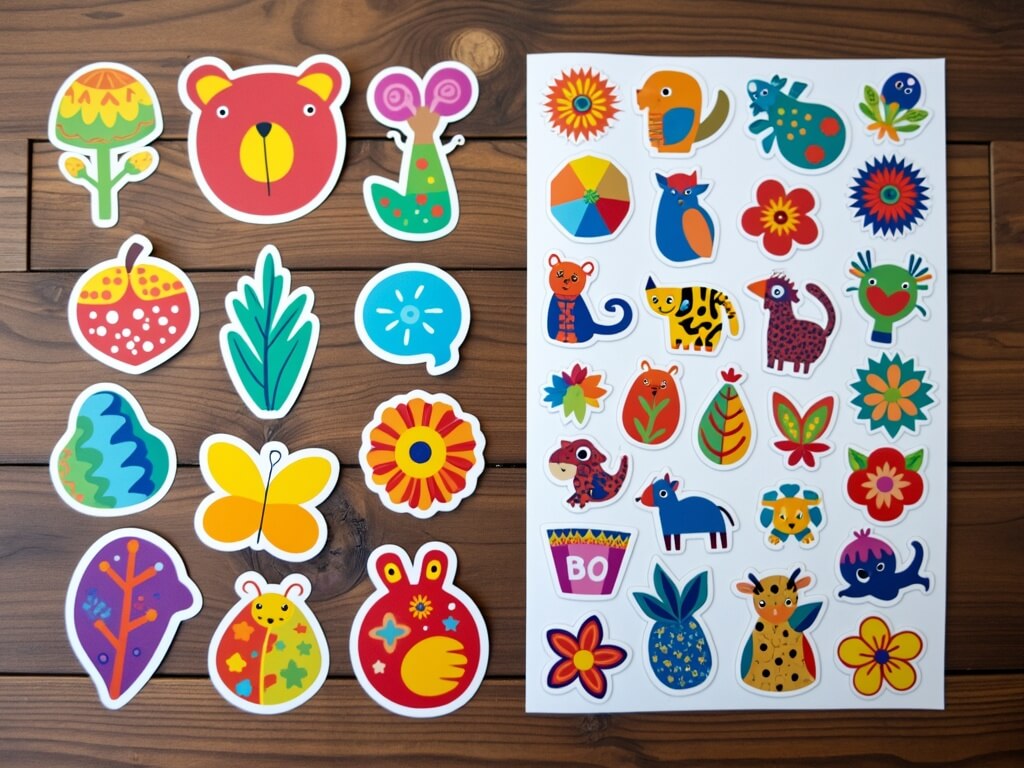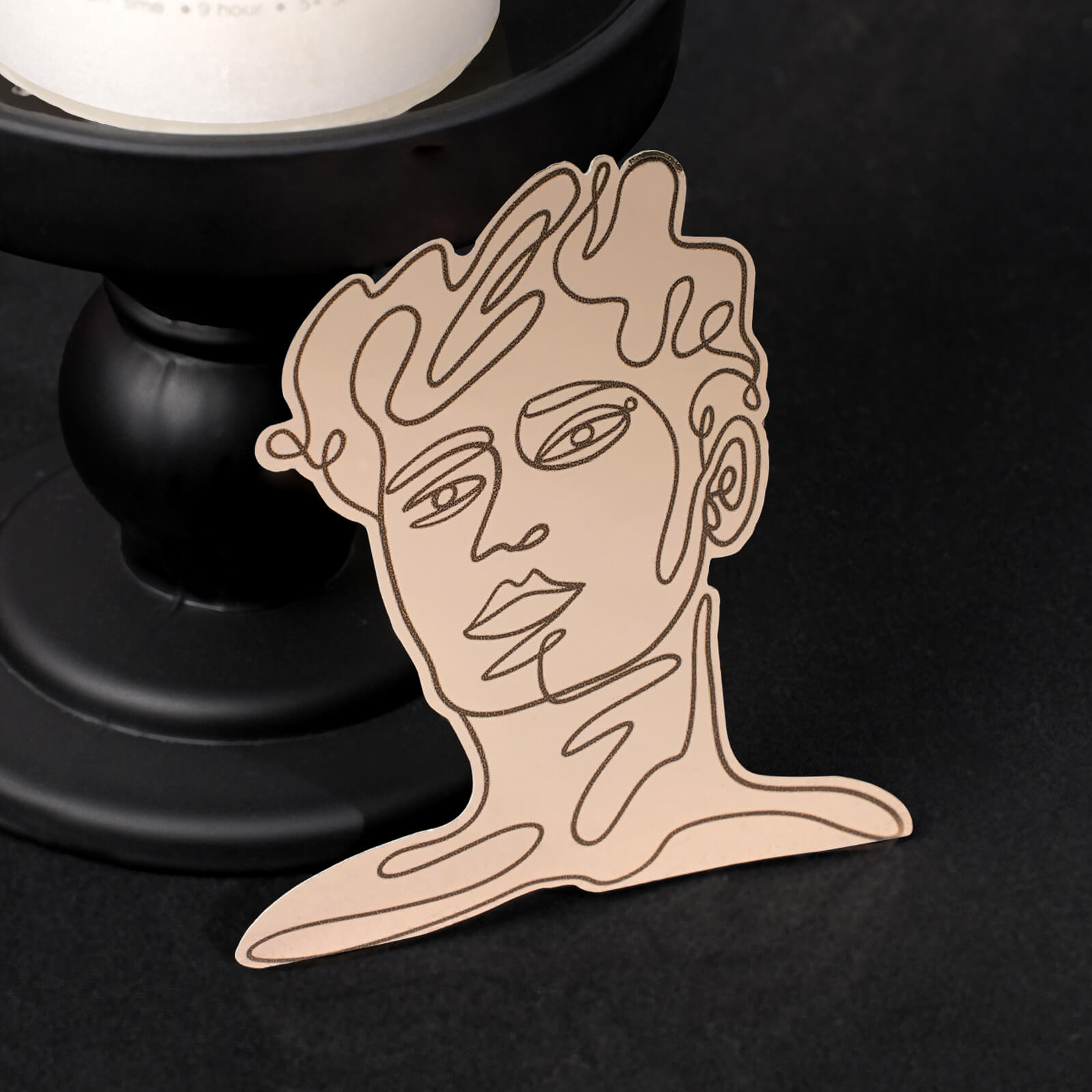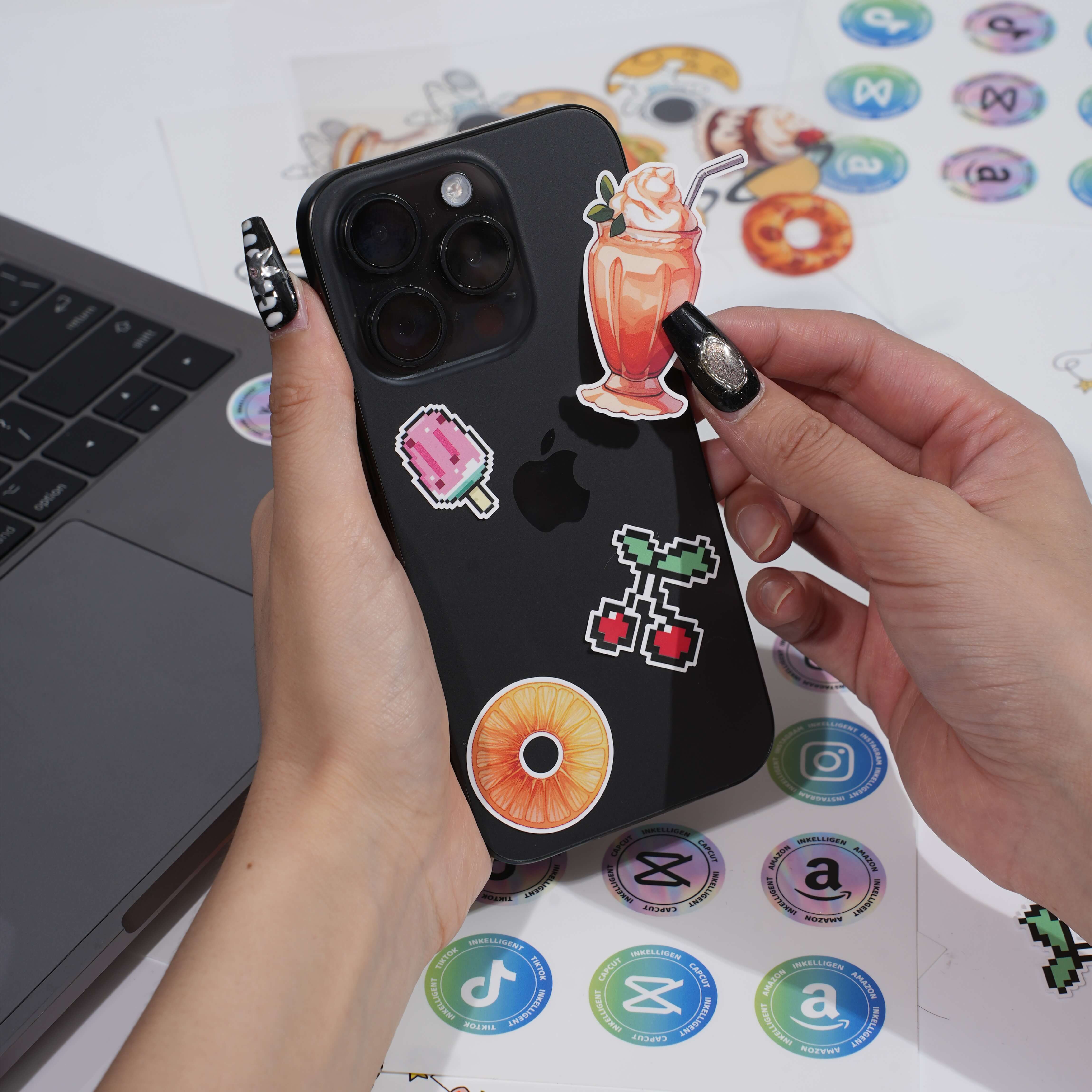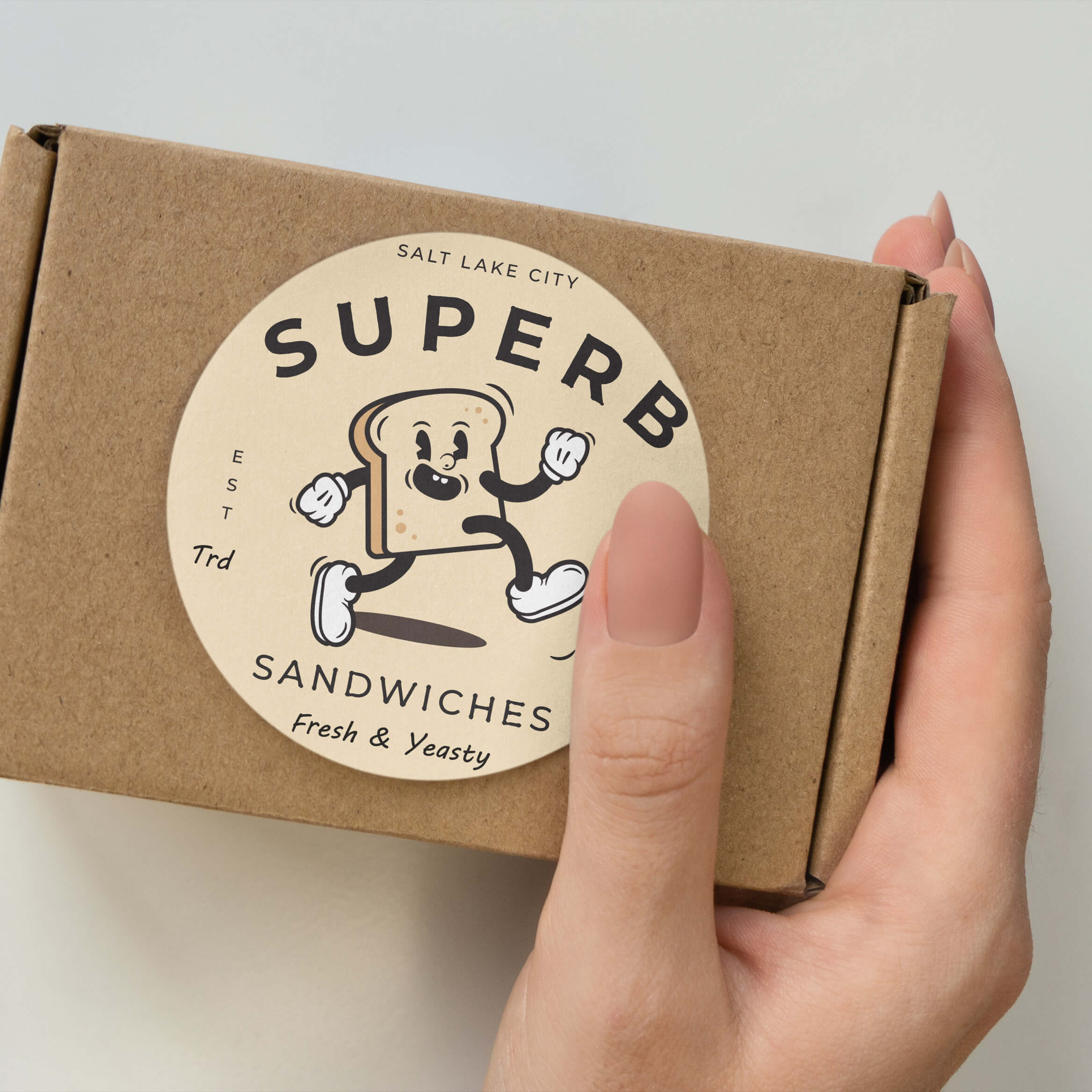
Are you looking to make your products stand out and connect with your customers? Packaging labels are an essential tool to grab attention, share important details, and showcase your brand’s personality. Whether you’re a small business owner or part of a larger company, they can help your products tell a story, create excitement, and build trust with buyers.
In this guide, we’ll walk you through everything you need to know about design tips for beautiful and functional labels, how to choose the best materials and how to label a package for your packaging.
Why Do You Need Product and Brand Packaging Labels?
Packaging labels are an essential part of your product’s success. They help attract customers, convey critical information, and reflect your brand’s identity.
Showcase Brand Image
Your packaging label is like a handshake—it’s often the first interaction your customer will have with your brand. A thoughtfully designed label communicates your brand’s story, values, and unique qualities. It sparks consumer interest, shapes their perceptions, and encourages them to purchase your product. Incorporating your logo, colors, and other brand elements creates a cohesive look that builds trust and makes your product recognizable.
Think of it this way: a professional, eye-catching label isn’t just about looking good. It’s about helping your product stand out in a sea of competitors. Whether you’re selling organic skincare or a bold, high-energy drink, your label is your chance to make a lasting impression.
Deliver Clear and Essential Product Information
Your product label is also your customer’s guide. It should clearly explain what your product is, how to use it, and why it’s the right choice. High-quality packaging labels provide all the essential details, such as the product name, features, and usage instructions.
This is especially important for regulated industries like food or cosmetics, where labels must include barcodes, safety warnings, and certifications. For example, food packaging labels need to display nutritional facts, allergen disclosures, and expiration dates. Including this information not only builds trust with your customers but also shows that your brand is reliable and transparent.
When customers have clear, accessible information at their fingertips, they’re more likely to feel confident about choosing your product. Confusion or missing details can send them straight to your competitors—so don’t skip this step!
How to Design Your Packaging Labels
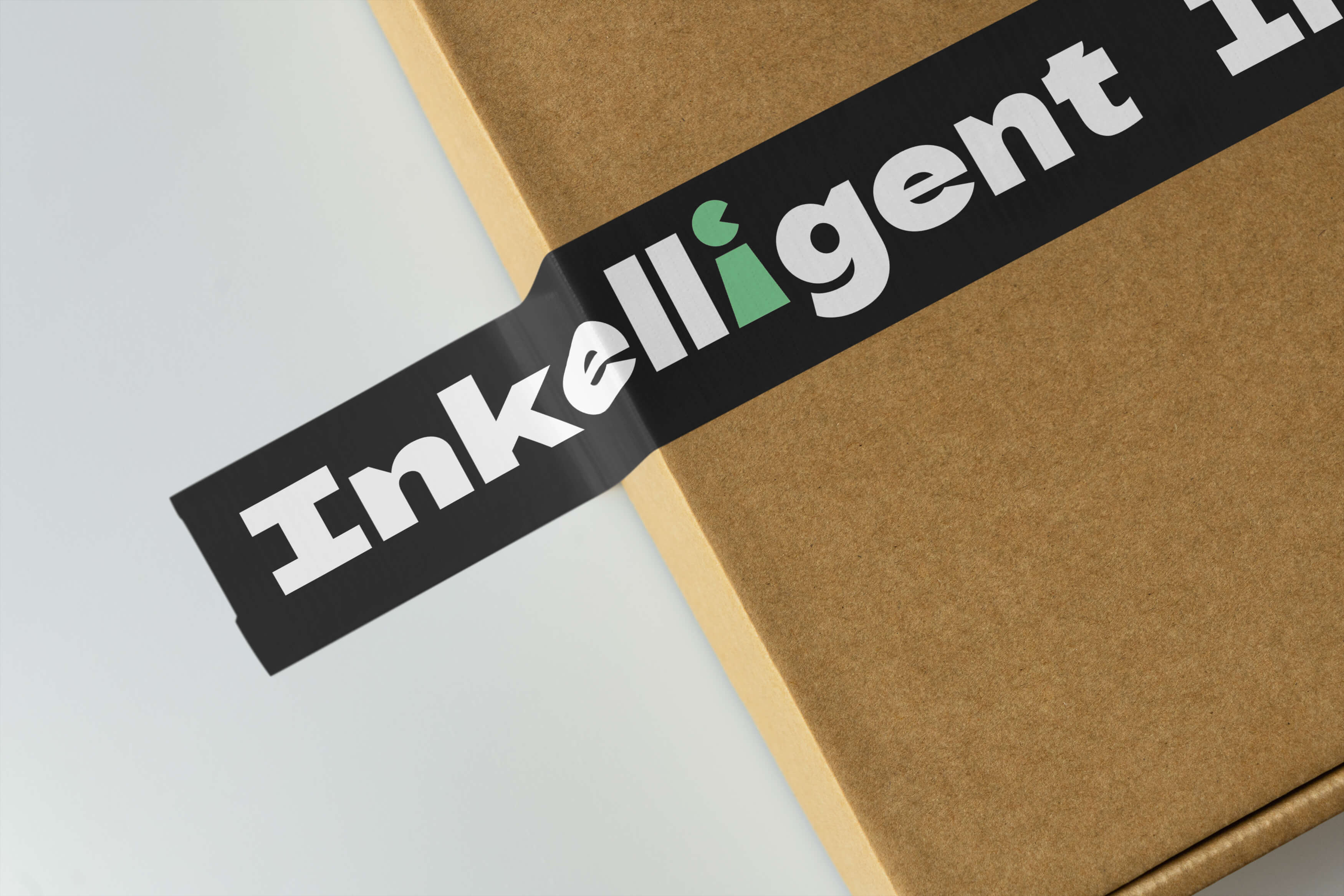
Designing the perfect label is about more than just looking great—it’s about creating a meaningful connection with your target audience. Here’s how to get started:
Tell Your Brand Story
Every great label tells a story. Whether your brand is new or well-established, your packaging label is a powerful tool to share your journey and values. What makes your brand unique? What would you like your customers to know about you? Let your label communicate these ideas visually and emotionally.
For example, a small-batch coffee company might use earthy tones, hand-drawn illustrations, and rustic fonts to highlight its artisanal process. On the other hand, a cutting-edge tech brand might opt for clean lines, bold colors, and minimalist designs to reflect innovation and sophistication.
When your label tells a story, it creates an emotional connection. Customers aren’t just buying a product—they’re buying into a brand they feel connected to.
Consider Brand Image
Before you start designing, take a moment to think about your brand’s overall image. What are your values, your mission, and how do you want people to perceive your product? Your label should reflect all of these things.
For example, playful brands might use bold, vibrant colors and whimsical fonts, while luxury brands often lean toward sleek, minimalist designs with metallic accents. The design should also match the product itself. A natural skincare line might use soft pastel shades and botanical illustrations, while an energy drink might feature dynamic graphics and eye-catching contrasts.
Consistency is key here. If all your products share a cohesive look and feel, customers are more likely to recognize and trust your brand. Think of your label as a puzzle piece that fits into the bigger picture of your branding.
Research Your Target Consumers
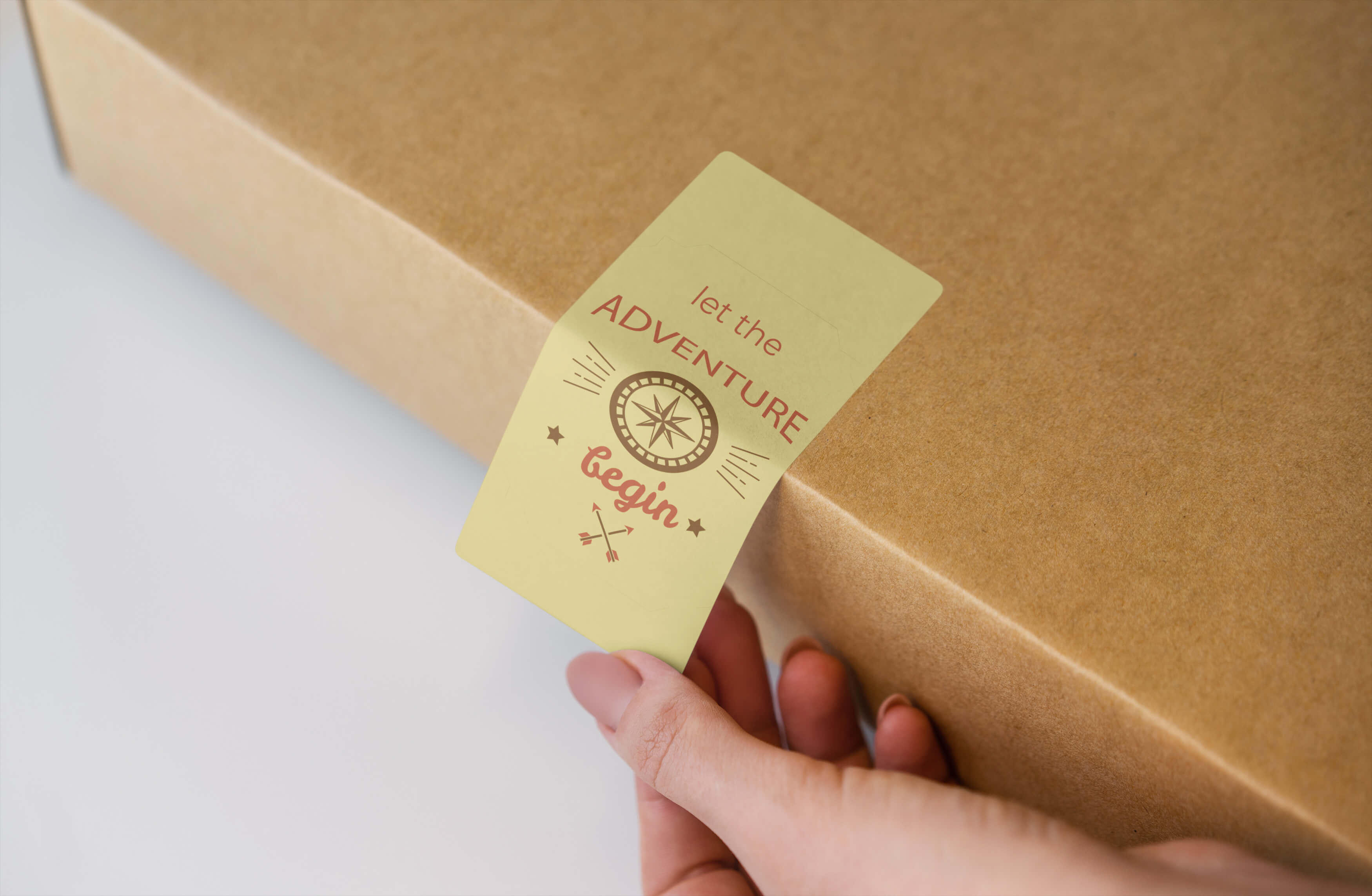
Your packaging label isn’t just about your brand—it’s also about your customers. Who are they? What do they want? Understanding your target audience is crucial to creating a label that speaks to them.
You can gather insights through surveys, focus groups, or by analyzing consumer trends. For example, younger audiences might be drawn to bold, Instagram-friendly designs, while an older demographic might prefer a more classic, easy-to-read style.
When you tailor your label to your audience’s preferences, you’re not just creating a product—they’ll feel like you’ve created something just for them. Whether it’s highlighting eco-friendly materials for environmentally conscious shoppers or emphasizing premium quality for luxury buyers, a customer-first approach goes a long way.
Align Packaging Labels with Overall Design
A great label doesn’t just look good on its own—it complements the overall packaging design. Together, they create a cohesive, polished look that makes your product stand out.
For example, a wine bottle with elegant curves might look best with a minimalist vertical label, while a playful snack pack might use colorful, oversized designs that scream “fun!” The key is to ensure your label’s colors, fonts, and overall aesthetic align with the rest of the packaging.
Also, consider the logistics of the label itself. Does it fit the shape and size of the packaging? A misaligned or poorly sized label can make even the most beautiful design look unprofessional. Taking the time to coordinate your label with the overall packaging structure will help your product shine.
Use Images to Grab Attention
Images are powerful—they say what words can’t. Incorporating visuals into your packaging label is a great way to grab attention and communicate your message quickly.
For example, food products might use images of fresh ingredients or a delicious final dish to make mouths water. Beauty products can feature soft, elegant graphics that evoke feelings of luxury and self-care. The key is to choose visuals that are both eye-catching and relevant to your product.
When combined with clear, concise text, images can help your product stand out on crowded shelves and immediately tell customers what they need to know.
Packaging Label Materials
The material and finish of your packaging label can make a big difference in how your product is perceived. Different materials suit different products, so it’s important to choose the right one:
- Paper Labels: Affordable and versatile, these are great for dry goods, stationery, or products with a natural or classic look.
- Vinyl Labels: Durable and waterproof, these are ideal for products like beverages or skincare that may be exposed to moisture.
- Transparent Labels: Perfect for showcasing the product itself, such as clear bottles of juice, shampoo, or cosmetics.
- Kraft Paper Labels: A great choice for eco-friendly or handmade products, giving a rustic, natural feel.
Beyond the material, the finish plays a big role in the overall look:
- Glossy Finishes: Add shine and vibrancy, making colors pop—great for playful or energetic products.
- Matte Finishes: Provide a subtle, elegant look, ideal for luxury brands or minimalist designs.
- Metallic Finishes: Gold and silver accents create a premium, high-end feel, perfect for jewelry or perfumes.
- Holographic Finishes: Fun, modern, and eye-catching, these work well for trendy or innovative products.
Choosing the right material and finish not only enhances your product’s appeal but also reinforces your brand’s identity.
How Do I Stick a Label on a Package?
Applying a label properly is just as important as designing it. A crooked or peeling label can make even the best product look unprofessional. Follow these simple steps to ensure your label looks perfect:
1.Clean the Surface
Wipe down the packaging to remove dust, dirt, or grease. A clean surface helps the adhesive stick better.
2.Align the Label
Before peeling off the backing, carefully position the label where you want it. Take your time to ensure it’s straight and centered.
3.Apply Even Pressure
Starting from one edge, press the label down smoothly to avoid air bubbles or wrinkles. Use a flat tool (like a card) to ensure even application.
4.Secure the Edges
Pay special attention to the edges, pressing them down firmly to prevent peeling.
For shipping packages, you can tape the label on a package for added security. Just make sure the tape doesn’t cover important details like barcodes or addresses.
Packaging labels are much more than stickers—they’re a powerful tool to attract customers, share your brand’s story, and communicate vital product details. By designing labels with your audience in mind and choosing the right materials, you can create packaging that truly stands out.
Whether you’re using custom labels for packaging or learning how to label a package effectively, the right approach can make all the difference. Start creating labels that captivate, inform, and connect with your customers today!
